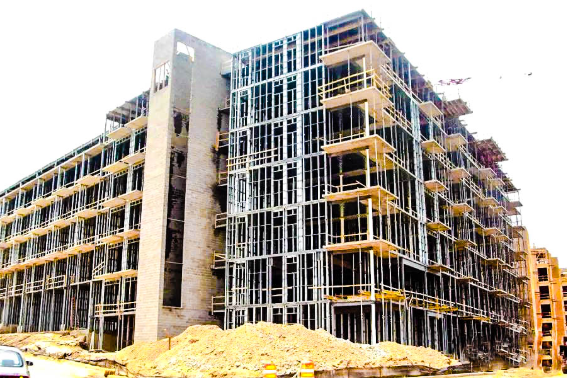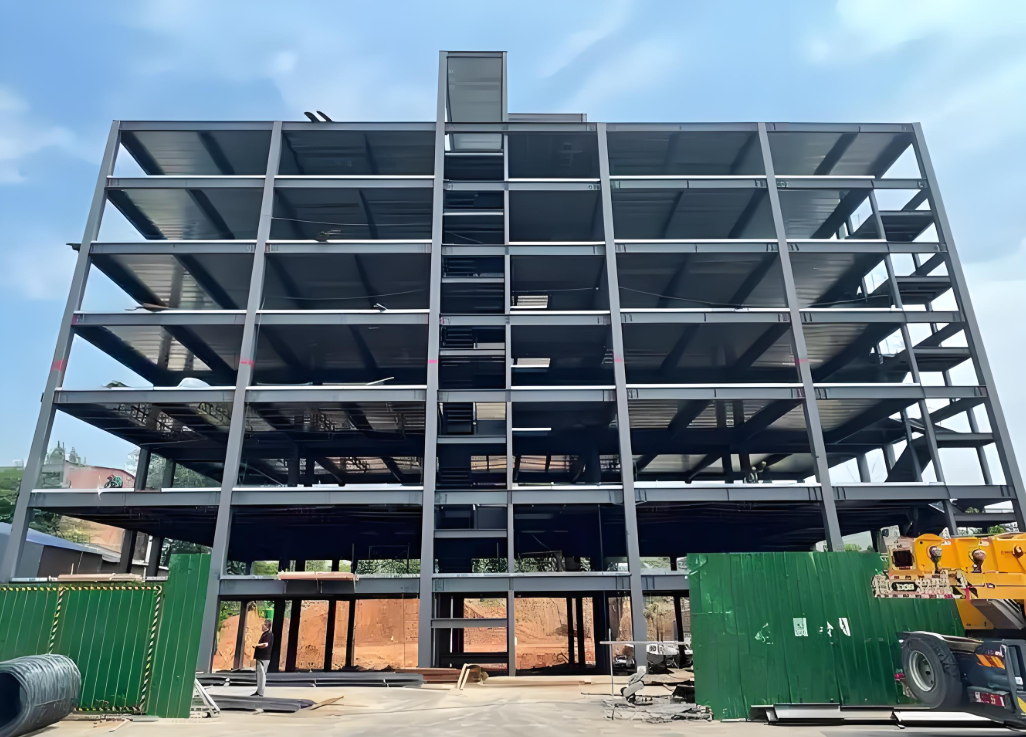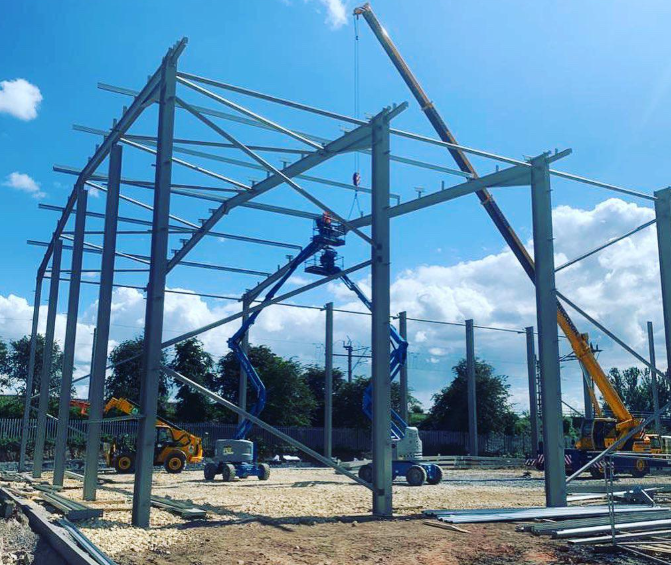Winter Construction Measures for Steel Structure Industrial Buildings

General Requirements
Steel fabrication and installation during winter must strictly comply with relevant winter construction regulations.
For components fabricated at positive temperatures but installed at sub-zero temperatures, shrinkage due to temperature differences must be accounted for, with technical adjustments applied to correct deviations.
Material and Component Preparation
Welders working on sub-zero temperature projects must undergo specialized low-temperature welding training and obtain certification.
Steel and connection materials used in sub-zero conditions must include quality certificates and meet design specifications.
Electrodes exposed for over 2 hours in sub-zero environments must be re-baked; maximum baking cycles: 3 times.
Flux must be pre-dried to ensure moisture content ≤ 0.1%.
High-strength bolts for sub-zero use require certification and re-testing of torque coefficients/axial forces under low temperatures.
Water-based coatings are prohibited for steel structures in sub-zero conditions.

Fabrication Adjustments
Allowance for shrinkage, weld shrinkage, and compression deformation must align with steel contraction rates at low temperatures.
Assembly sequences should follow inner-to-outer expansion principles, with pre-tested weld shrinkage values for sub-zero conditions.
Clean joint surfaces (50mm width) of rust, burrs, ice, snow, oil, or debris; ensure dryness before assembly.
Welding Practices
Use multi-layer welding with upward layering.
Complete each weld pass uninterrupted; re-inspect and repair defects if interrupted.
No arc striking directly on base metal.
For steel plates thicker than 9mm in sub-zero temperatures:
Defective welds must be removed and re-welded per low-temperature welding standards.
On-Site Installation
Erect protective shelters during snowfall or wind speeds exceeding 6 m/s.
Pre-clean components of ice, snow, or moisture without damaging coatings.
Immediately correct and permanently fix columns and main beams after sub-zero installation. Ensure daily-installed components form a stable spatial system.
Logistics and Handling
Apply anti-skid measures during winter transport and stacking.
Ensure flat, ice-free, and solid ground for storage. Stack identical components horizontally with aligned supports to prevent slippage.
Use anti-slip pads for sling lifting; secure node plates and tools with ropes.
Quality Control
Re-inspect components for sub-zero conditions before installation. Repair transportation-induced deformations on-site.
Follow temperature-specific installation sequence charts.
Develop welding procedures prohibiting simultaneous welding at both ends of a component.
Friction surfaces for high-strength bolts must be free of ice, snow, oil, or debris.
Coating and Final Checks
Conduct coating tests if temperatures fall below 0°C. Clean surfaces of rust, oil, and burrs; ensure dryness. No painting during snowfall or icy conditions.
Final inspections must adhere to both the Code for Construction and Acceptance of Steel Structure Engineering (GB 50250-95) and project-specific design criteria.

By implementing these measures, winter construction of steel structures can ensure safety, quality, and compliance with technical standards under challenging environmental conditions.



